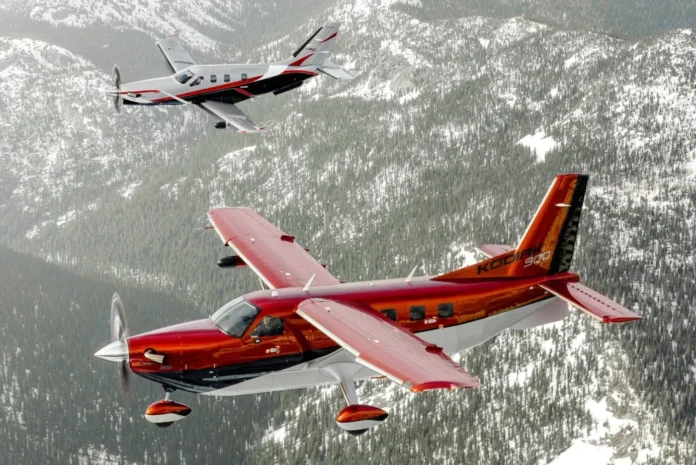Daher, Safran, Collins Aerospace and Ascendance have launched a joint research project aiming to develop a hybrid-electric propulsion system for small aircraft, targeting a key segment for aviation decarbonisation.
A consortium of four leading French aerospace companies – Daher, Safran, Collins Aerospace and Ascendance – has launched a collaborative initiative to develop hybrid-electric propulsion for light aircraft. The project, dubbed TAGINE (short for Tentative dans l’Aviation Générale d’Introduction de Nouvelles Énergies), is supported by France’s Directorate General for Civil Aviation (DGAC) and the national civil aviation research council CORAC.
The objective is to design and test a novel propulsion system for aircraft with six to ten seats – a category that includes around 25,000 aircraft globally and is seen as a prime candidate for accelerating aviation’s ecological transition by 2027.
At the heart of TAGINE is a hybrid-electric concept based on Daher’s multi-role Kodiak aircraft. The aim is to implement a propeller architecture that maximises energy efficiency while minimising CO₂ emissions. Daher leads the project, contributing its expertise in aircraft manufacturing, system integration, structural design, safety and energy optimisation. The Kodiak will serve as the physical testbed for development.
Safran is responsible for engineering a new-generation propulsion chain combining a turbine with an electric motor. Depending on the flight phase, the system dynamically adjusts the balance between electric and thermal drive to reduce fuel consumption, emissions and noise. Safran recently received EASA certification for its ENGINeUS 100 electric aviation motor, which will support this effort.
Collins Aerospace is tasked with aeroacoustic optimisation and propeller system integration. A proprietary electric pitch control system is being developed to reduce overall system weight and boost efficiency.
Ascendance contributes its hybrid systems expertise, with its proprietary Hybrid Operating System managing onboard energy flows. The company will oversee energy needs for the battery subsystem and integrate storage into the aircraft’s architecture.
The two-year project is considered a strategic step towards more climate-friendly flight. Hybrid systems are seen as a key enabler for reducing carbon emissions in aviation and maximising the use of sustainable aviation fuels (SAF). Preliminary environmental results are expected by the end of 2025, with key milestones to be presented at the next Paris Air Show.
Initial work in the coming months will focus on technical feasibility studies, regulatory pathways and comprehensive environmental assessments.




